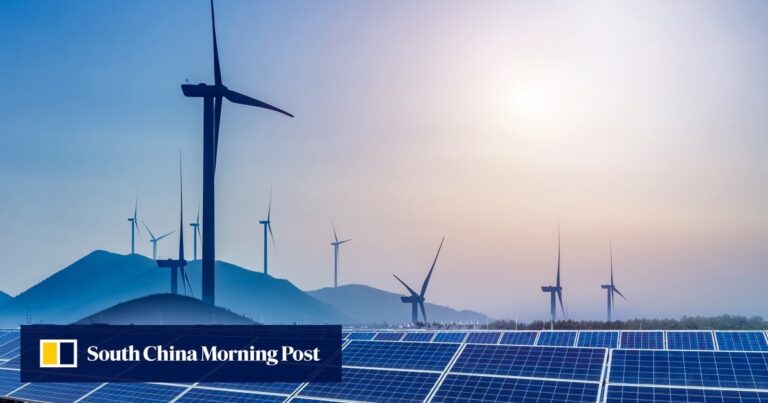According to China's National Energy Administration, the total capacity of the new energy storage sector will reach 31.39 gigawatts (GW) by the end of 2023, an increase of more than 260 percent year-on-year and almost 10 times the capacity in 2020 (NEA) said at a press conference on Friday.
Advanced energy storage refers to energy storage using new technologies such as electrochemical energy storage, compressed air, flywheels, and thermal energy storage, but does not include pumped hydro storage methods.
NEA official Bian Guangqi said the total investment in the construction of energy storage projects has exceeded 100 billion yuan since 2021, making the sector a “new driving force” for China's economic development.
“As part of China's new energy system and new power system construction, new energy storage is becoming an increasingly important technology,” Bian said. “This provides important direction for nurturing emerging industries and provides an important starting point for promoting a green, low-carbon transformation of energy production and consumption.”
China's clean energy sector became the biggest growth driver for the Chinese economy in 2023: CREA
China's clean energy sector became the biggest growth driver for the Chinese economy in 2023: CREA
According to statistics released by the NEA this month, China's installed renewable energy capacity will reach 1,450GW in 2023, accounting for more than 50% of the country's total installed power generation capacity. However, electricity generated from renewable energy sources such as solar and wind power only accounted for about 15% of total electricity consumption last year, according to the NEA.
According to the NEA, lithium-ion battery energy storage will account for 97% of China's operational energy storage capacity by the end of 2023, with other emerging technologies accounting for the rest.
China's power sector could reach peak emissions by 2025: climate report
China's power sector could reach peak emissions by 2025: climate report
Clean energy-related sectors such as renewable energy, nuclear power, the power grid, energy storage, electric vehicles and railways will make the biggest contribution to China's economic growth in 2023, accounting for about 40% of last year's gross domestic product (GDP) expansion. According to CREA.
It turns out that clean energy investment accounted for all of China's investment growth across sectors of the economy last year, as investment in other industries declined.
Analysts are warning of overcapacity in the energy storage sector after the industry faced intense competition and price wars last year, with many companies taking advantage.
“Despite the growing demand for clean energy technologies, it is inevitable that the overcapacity problem will worsen as more production capacity comes online quickly,” said Lauri Milivirta, principal analyst at CREA. I don't think so.”


